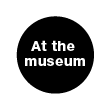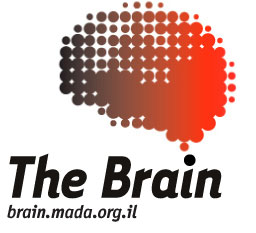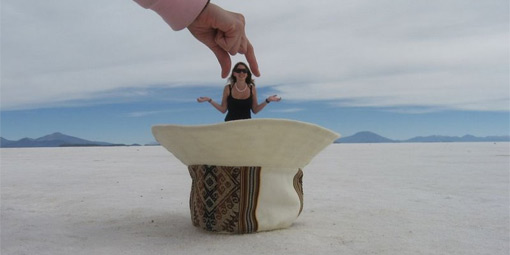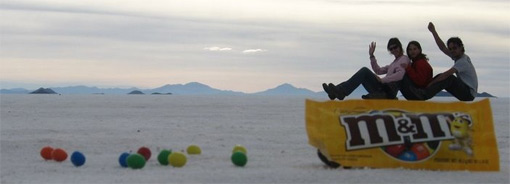


 |
||
|
Care to join us in a cup of tea? One of the functions of the brain is to identify the size and distance of objects and figures. To do this, it uses hints from the environment and knowledge it gained in the past. Experience teaches us that the farther we are from an object, the smaller it appears. But sometimes the brain's attempts to find logic in a picture end up confusing us, leading us to see things that aren't really there. Here, we're going to create a size illusion by playing with the relative distances of nearby and far-away objects. To get your whole family inside a cup, you'll need:
The photographer will:
Where's the science here? Our environment is filled with three-dimensional objects, but the picture they form on our eye's retina is two-dimensional. The brain uses the hints it gets and its past experience to "translate" the picture as three-dimensional. It reconstructs information about the object we see: its shape, size, distance, etc. In this illusion, the brain fails to properly judge distance. It confuses changes in distance with changes in size.
Size and distance illusions occur because of the brain's amazing capacity for perceptual constancy: the tendency to see objects, or characteristics of objects, as unchanging - despite changes in surrounding conditions (see also the Size Doesn't Matter illusion and the Ames Room). To achieve size consistency, the brain "fixes" the perceived size of objects using hints it receives about distance. Under certain conditions, hints from the environment lead the brain to judge the size of a person or object to be much larger or smaller than it really is. That is why the family appears to be a group of tiny people standing in a giant cup. Related exhibits:
|
||


